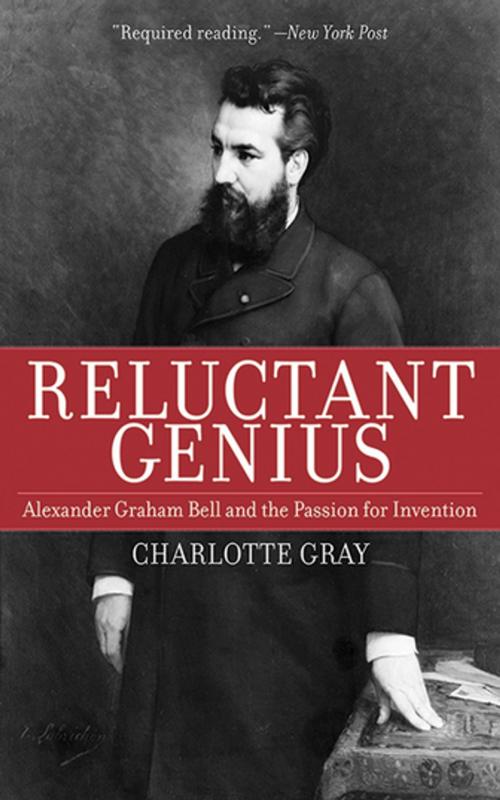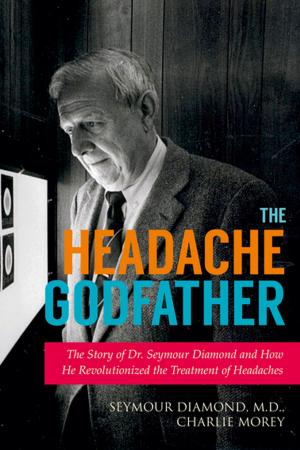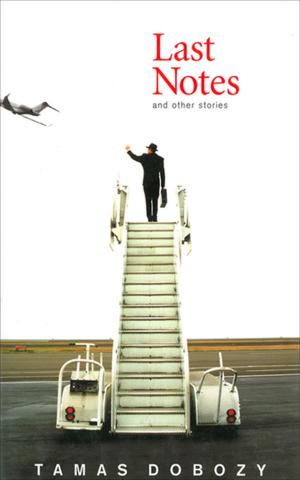Reluctant Genius
Alexander Graham Bell and the Passion for Invention
Nonfiction, Science & Nature, Technology, Engineering, History, British, Biography & Memoir, Historical| Author: | Charlotte Gray | ISBN: | 9781628721409 |
| Publisher: | Skyhorse Publishing | Publication: | August 1, 2011 |
| Imprint: | Arcade Publishing | Language: | English |
| Author: | Charlotte Gray |
| ISBN: | 9781628721409 |
| Publisher: | Skyhorse Publishing |
| Publication: | August 1, 2011 |
| Imprint: | Arcade Publishing |
| Language: | English |
A “splendid” new portrait of the man who invented the telephone, from an award-winning, national bestselling author (The Washington Times).
The popular image of Alexander Graham Bell is that of an elderly American patriarch, memorable only for his paunch, his Santa Claus beard, and the invention of the telephone. In this reassessment based on thorough new research, biographer Charlotte Gray reveals Bell’s wide-ranging passion for invention and delves into the private life that supported his genius.
The child of a speech therapist and a deaf mother, and possessed of superbly acute hearing, Bell developed an early interest in sound. His understanding of how sound waves might relate to electrical waves enabled him to invent the “talking telegraph” before his rivals—even as he undertook a tempestuous courtship of the woman who would become his wife and mainstay.
In an intensely competitive age, Bell seemed to shun fame and fortune. Yet many of his innovations—electric heating, using light to transmit sound, electronic mail, composting toilets, the artificial lung—were far ahead of their time. His pioneering ideas about sound, flight, genetics, and even the engineering of complex structures such as stadium roofs still resonate today. This is an essential portrait of an American giant whose innovations revolutionized the modern world.
“Deaf teenager Mabel met Bell when he taught the hearing-impaired, and Gray’s story of their courtship is intertwined with the story of how Mabel’s father became involved in Bell’s side project of transmitting sound by wire . . . Combining the household history of the Bells with that of Alexander’s successive enthusiasms (Helen Keller, kites, airplanes, hydrocraft), Gray fairly portrays the attractions and exasperations of Bell’s life.” —Booklist
“[A] splendid new biography . . . A winner.” —The Washington Times
“Required reading.” —The New York Post
A “splendid” new portrait of the man who invented the telephone, from an award-winning, national bestselling author (The Washington Times).
The popular image of Alexander Graham Bell is that of an elderly American patriarch, memorable only for his paunch, his Santa Claus beard, and the invention of the telephone. In this reassessment based on thorough new research, biographer Charlotte Gray reveals Bell’s wide-ranging passion for invention and delves into the private life that supported his genius.
The child of a speech therapist and a deaf mother, and possessed of superbly acute hearing, Bell developed an early interest in sound. His understanding of how sound waves might relate to electrical waves enabled him to invent the “talking telegraph” before his rivals—even as he undertook a tempestuous courtship of the woman who would become his wife and mainstay.
In an intensely competitive age, Bell seemed to shun fame and fortune. Yet many of his innovations—electric heating, using light to transmit sound, electronic mail, composting toilets, the artificial lung—were far ahead of their time. His pioneering ideas about sound, flight, genetics, and even the engineering of complex structures such as stadium roofs still resonate today. This is an essential portrait of an American giant whose innovations revolutionized the modern world.
“Deaf teenager Mabel met Bell when he taught the hearing-impaired, and Gray’s story of their courtship is intertwined with the story of how Mabel’s father became involved in Bell’s side project of transmitting sound by wire . . . Combining the household history of the Bells with that of Alexander’s successive enthusiasms (Helen Keller, kites, airplanes, hydrocraft), Gray fairly portrays the attractions and exasperations of Bell’s life.” —Booklist
“[A] splendid new biography . . . A winner.” —The Washington Times
“Required reading.” —The New York Post















